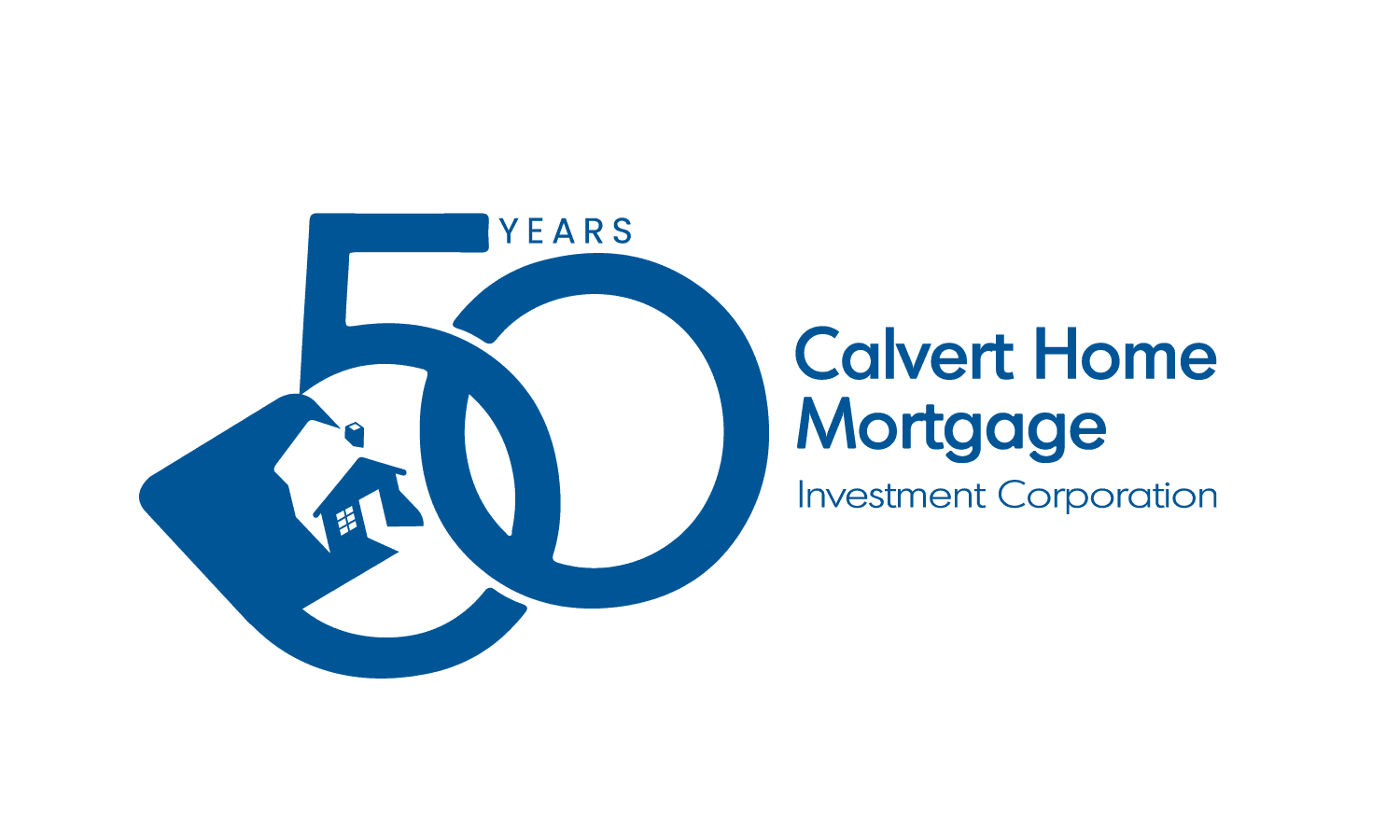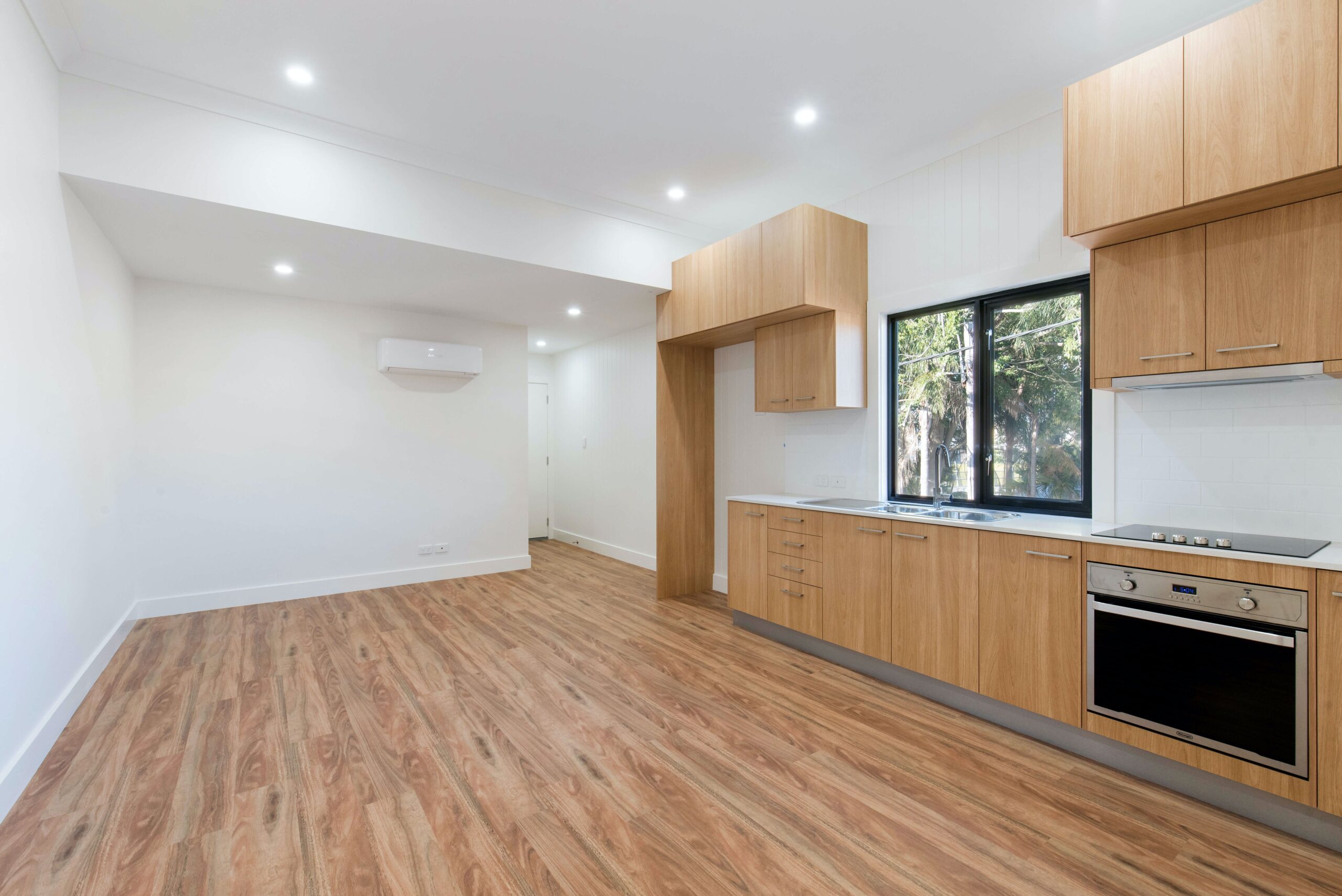Home ownership is a dream for many, but rental properties are in hot demand as well.
Rental market trends in Canada continue to show increased need for rentals along with rising prices.
“The last couple of years have seen bidding wars over the short supply of houses to buy,” says Alisha Fuss of Calvert Home Mortgage Investment Corporation, which supports borrowers in Alberta and Ontario. “Now we are seeing that competition move to rentals, with a shortage of properties available to rent. There are various reasons for the increased demand, including a rebound in the job market, a return to higher levels of immigration and increasing borrowing rates keeping potential homeowners out of the market. These demand factors are really exasperating the lack of supply issue.”
What does that mean for the real estate market? Let’s look at 3 facts to know about rental market trends in Canada
1. Interest Rates May be Having an Impact
Increases to the Bank of Canada’s benchmark or policy interest rate in 2022 has meant an increase in higher interest rates for borrowers. Major lending institutions tend to follow suit by raising the prime lending rate. One impact could be a cooler real estate market for buyers, but it could also mean more people looking to rent instead of buy.
According to Canadian Mortgage Professional (CMP), a magazine for mortgage professionals, the increasing interest rates (which is happening around the world as a means to fight inflation) means “some demand will shift from the ownership market to the rental market.”
Another factor cited by CMP is increasing gas prices that makes transit-friendly and walkable urban locations more popular.
“That’s interesting since those types of properties were often less desirable during the pandemic, as people wanted to move out of dense neighbourhoods and look for properties where they could work from home,” Fuss says. “That trend is now changing somewhat.”
Demand is due to more than interest rates, however. Immigration has risen steeply, as Canada reported more than 401,000 new permanent residents in 2021. Compare that to 2020, the height of the pandemic, when we welcomed only 184,500 new permanent residents.
The Toronto Star reported in May that the “pre-pandemic rental crunch is back as jobs, immigration and priced-out homebuyers add fire to an already heated market.”
The situation is similar in Alberta. A senior market analyst with Canada Mortgage and Housing predicts the major urban centres will continue to see increases in rental rates and decreases in vacancy rates over the next couple years. Factors are similar, like stronger population growth and inter-provincial migration.
2. Rental Prices Are Increasing Too
As demand increases, so are prices. CMP states that the “average monthly rent for Canadian properties increased 9% to $1,832 in April of 2022, compared to the record low it experienced in the same time last year.”
The Toronto Regional Real Estate Board (TRREB) reported in July of 2022 that average rents for one-bedroom and two-bedroom apartments were both at record levels, surpassing the previous peak in Q3 2019. And supply is dropping in the Toronto Region too, as the number of rental listings dropped by almost 30 per cent year-over-year.
That trend is expected to continue.
“Higher borrowing costs may have temporarily precluded home buying for some households, but the Greater Toronto Area population continues to grow alongside a booming regional economy,” says TRREB President Kevin Crigger. “This means that an increasing number of people requiring a place to live will turn to the rental market.”
As for a comparison of provinces, British Columbia had the highest rental rate with a 2.7% increase to $2,347, and Vancouver is the most expensive city. Here are the other provinces ranked by price:
- Ontario at $2,093
- Nova Scotia at $1,939
- Quebec at $1,672
- Manitoba at $1,341
- Alberta at $1,289
- Saskatchewan at $1,051
- Newfoundland and Labrador at $950
In Toronto, average condo rents were up by double digits annually for all bedroom types, with an increase of 20.2 per cent to the average one-bedroom rent year-over-year, and an increase of 15.3 per cent for an average two-bedroom rent in the same time frame.
Clients of Calvert Home Mortgage in Alberta and Ontario are in the two provinces with the biggest impact. Statistics Canada’s Consumer Price Index for July 2022 showed that the cost of buying a home or renting one has gone up. The report notes rent prices accelerating, rising faster in July than the previous month, with Ontario and Alberta having the fastest rental increase.
3. Rentals Are a Good Investment
Real estate investors looking for a solid investment would do well to consider a buy, renovate, rent and refinance (BRRR) project.
“BRRR transactions are good for neighbourhoods and for the economy,” Fuss adds. “Real estate investors provide quality, affordable renting options by fixing up old properties and making them desirable for tenants. They also re-use existing properties and reduce urban sprawl, which is good for the environment.”
Rental housing was identified by PWC (PricewaterhouseCoopers) as one of the types of property with the best prospects for real estate development and investment in 2022. Its report Emerging Trends in Real Estate 2022 ranked rental housing high, and noted two categories of rental housing: moderate income/workforce apartments and single-family rental housing.
The report stated: “The demand for more space is one factor raising the prospects for single-family rental housing, which can offer a more affordable alternative to buying a low-rise home.”
Addressing the housing crisis has shifted slightly, from a focus on a hot market for those looking to buy, to one in which it’s difficult to find a place to rent. Canada Mortgage and Housing also cites rental affordability as a “significant challenge across the country.”
“BRRR projects would support municipal, provincial and federal governments’ goals of increasing supply and adding properties in existing, and potentially more affordable, neighbourhoods,” Fuss concludes.
The Bottom Line
As the housing market cools, the rental market is picking up in demand, with fewer properties available and prices on the rise. Policies that support investments to renovate older properties to rent could help form part of the solution. Repurposing existing commercial or retail properties into housing could also help.
Calvert Home Mortgage Investment Corporation is an alternative lender in Alberta and Ontario that supports real estate investors. Contact one of the experienced Calvert underwriters for more information on how rental investments are good for the real estate market.
Ardith Stephanson is a freelance writer and journalist who writes on a variety of topic areas.




